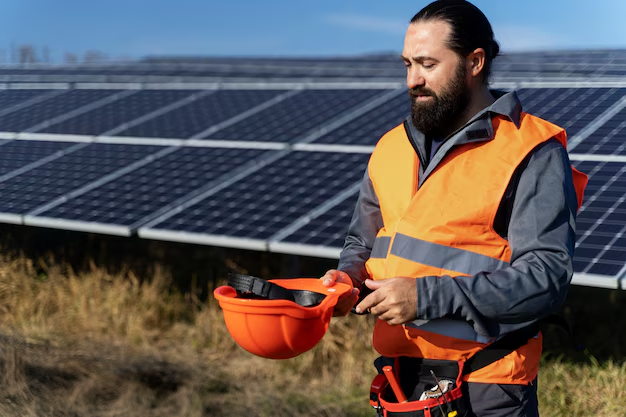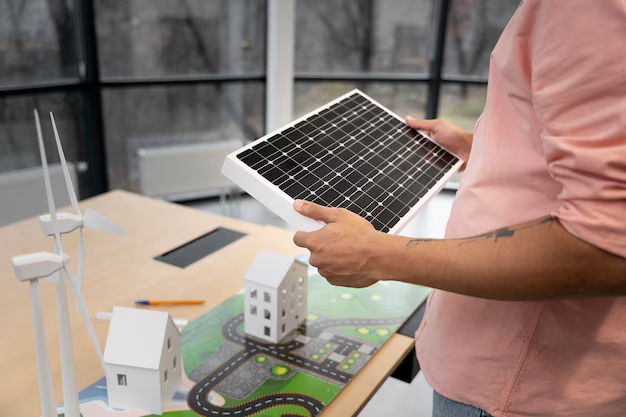In today’s connected world, staying powered up is no longer optional—it’s essential. From smartphones and laptops to appliances and outdoor gear, every device depends on reliable electricity. This is where a power station comes in.
Unlike traditional gas generators, modern power stations are rechargeable, eco-friendly, and versatile. Whether you’re preparing for emergencies, going on a camping trip, or looking for a backup power source for work, portable stations offer a dependable solution. In 2025, they are more powerful, efficient, and accessible than ever.
What Is a Power Station?
A power station, often called a portable power generator or solar power bank, is essentially a large rechargeable battery equipped with multiple output ports. It can power small electronics like phones and tablets, or larger devices such as refrigerators, medical equipment, and even televisions, depending on its capacity.
Unlike traditional gas-powered generators, these stations operate quietly, without harmful fumes, and can be charged through wall outlets, car adapters, or even solar panels.
Why Power Stations Matter in 2025
With the rise of remote work, outdoor activities, and unpredictable weather patterns, having a backup energy solution has become increasingly important. A power station ensures that you remain connected, safe, and comfortable in situations where power might not be available.
1. Emergency Preparedness
Blackouts are becoming more frequent in many regions due to storms, heatwaves, and power grid failures. A power station provides immediate backup, keeping essential devices like lights, medical equipment, and communication tools running.
2. Outdoor Adventures
Camping, RV travel, or road trips are more enjoyable with a reliable source of power. Charge your camera, run a mini-fridge, or keep your phone powered for navigation and entertainment.
3. Remote Work and Productivity
For digital nomads, freelancers, and remote workers, power stations provide a stable power supply in locations without traditional outlets. This ensures uninterrupted productivity on the go.
4. Eco-Friendly Living
Many power stations integrate with solar panels, allowing users to generate and store clean energy. This reduces dependence on fossil fuels and lowers your carbon footprint.
Key Features to Look For in a Power Station
When choosing a power station, several factors determine its effectiveness:
- Battery Capacity (Wh): Higher watt-hour ratings mean longer runtimes.
- Power Output (W): Determines the size of devices it can power (e.g., laptops vs. refrigerators).
- Port Variety: Look for USB, AC, and DC outputs for maximum versatility.
- Recharging Options: Wall outlet, car charger, and solar input increase flexibility.
- Weight & Portability: Lightweight designs are easier to carry for camping or travel.
- Safety Features: Overload, short-circuit, and temperature protections are a must.
Benefits of Using a Power Station
Here are some main benefits of using a power station.
- Silent Operation: Unlike gas generators, they produce no noise, making them perfect for indoor or nighttime use.
- Clean Energy: Many models are compatible with solar panels, offering renewable energy options.
- Convenience: Plug-and-play functionality makes them easy to use without technical expertise.
- Versatility: Suitable for home backup, travel, outdoor recreation, and professional use.
- Low Maintenance: No fuel, oil changes, or engine upkeep required.
Who Should Own a Power Station?
- Families looking for a reliable home backup during outages.
- Campers & RV Travelers who need energy independence on the road.
- Professionals working remotely or in the field.
- Environmentally Conscious Users seeking renewable energy alternatives.
Power Stations vs. Traditional Generators
| Feature | Power Station | Gas Generator |
| Noise | Silent | Loud |
| Emissions | None | High |
| Indoor Use | Safe | Unsafe |
| Maintenance | Minimal | Regular upkeep |
| Power Source | Rechargeable/Solar | Gasoline |
The advantages of power stations in convenience, safety, and eco-friendliness make them the smarter choice for everyday use in 2025.
Tips for Getting the Most Out of Your Power Station
- Know Your Power Needs: Calculate how many watts your devices require before choosing a model.
- Keep It Charged: Regularly recharge your station so it’s ready for emergencies.
- Pair With Solar Panels: Extend runtime by using renewable solar energy.
- Store Properly: Keep in a cool, dry place to maximize battery life.
- Use for Essentials: During outages, prioritize devices like phones, lights, and medical gear.
Final Thoughts
The demand for reliable, portable energy will only continue to grow in 2025. A power station is no longer just a convenience—it’s an essential tool for households, travelers, and professionals. By offering silent operation, eco-friendly charging options, and dependable power output, it stands as a versatile solution for modern life.
Whether you’re preparing for emergencies, working remotely, or planning your next outdoor adventure, investing in a quality power station ensures you’ll always have energy when you need it most.
FAQs
Q1: Can a power station run a refrigerator?
Yes, but runtime depends on the model’s capacity. Higher-capacity stations can run appliances for several hours.
Q2: How long does it take to recharge?
Typically 4–8 hours from a wall outlet. Solar charging times vary based on sunlight and panel size.
Q3: Are they safe to use indoors?
Yes, unlike gas generators, they produce no fumes or harmful emissions.
Q4: Can I take a power station on an airplane?
Small-capacity models may be allowed in carry-on luggage, but larger ones often exceed airline battery limits.
Q5: Do power stations lose capacity over time?
Like all batteries, they degrade slowly, but proper care extends their lifespan for years.








